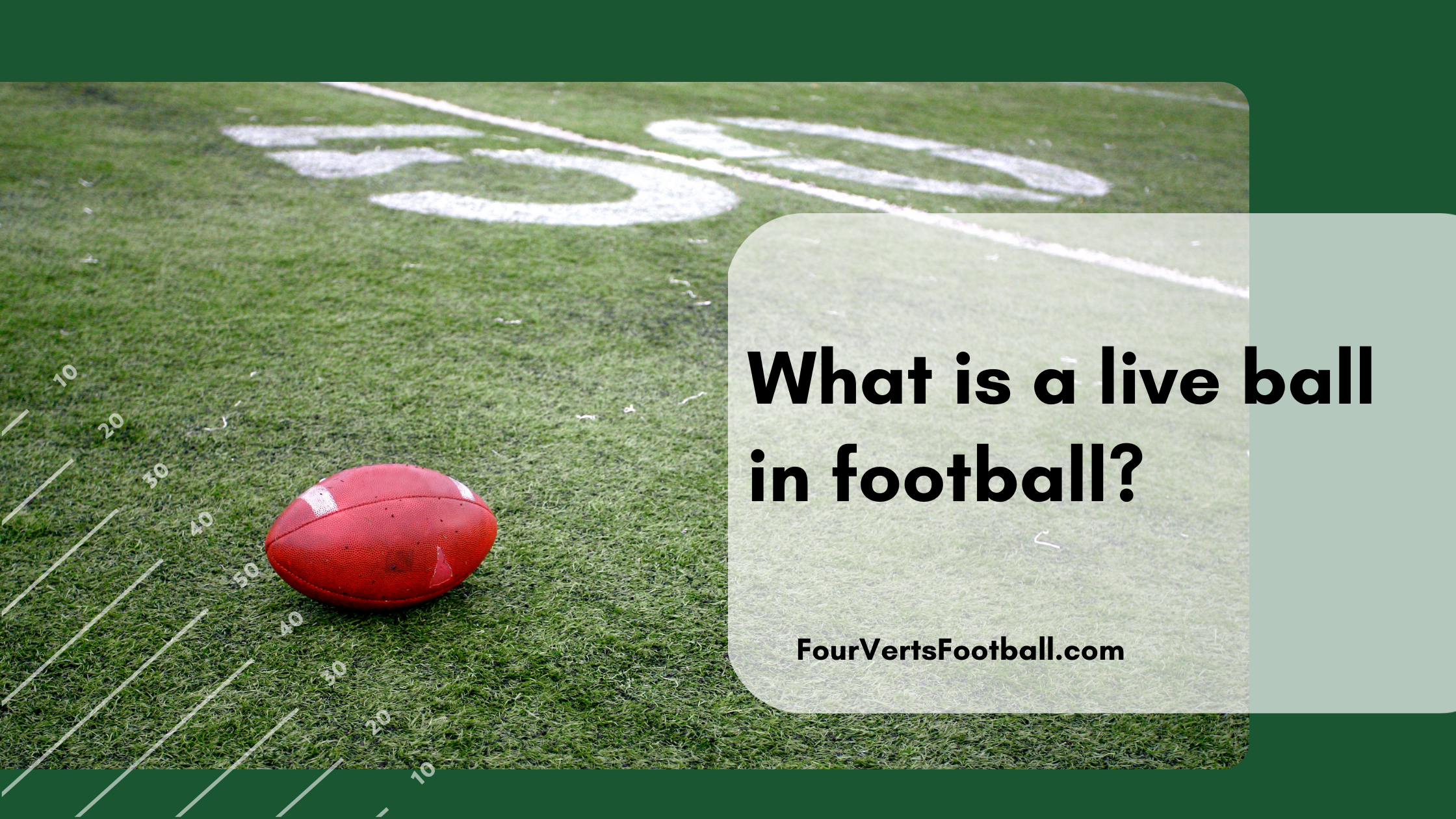A live ball occurs when the football is legally snapped or kicked. In other words, once the play has begun a ball is considered live until the play is blown dead by an official.
In football, the terms live ball and dead ball refers to whether or not there is a play in action.
The distinction between live balls and dead balls are especially important when it comes to penalties. Live ball penalties often nullify plays while dead ball penalties are assessed between plays.
What is a live ball foul in football?
As we explained earlier a live ball in football means a play is happening while a dead ball refers to the time between plays.
This means a live ball foul occurs during a play and a dead ball foul happens after or before a play.
Live ball fouls are going to be the most common fouls in football as the majority of penalties take place during the play.
Live ball fouls are often going to have more consequences as they affect the outcome of the play. For this reason, live ball fouls are often going to wipe out the play in which they occurred.
Common examples of live ball fouls in football would be holding, pass interference, or illegal contact. These sorts of fouls take place during the play which is what makes them live-ball fouls.
Dead balls fouls vs live ball fouls
The obvious difference between these two types of fouls is that one occurs during the play and the other occurs before or after the play.
As we mentioned earlier a live ball foul occurs during a play when the ball is “live” while a dead ball foul occurs between plays.
These penalties are assessed differently due to their effect on the play. A dead-ball foul is not going to affect the outcome of a play while a live ball foul does.
Let’s use the example of a live ball foul vs a dead ball foul on a touchdown play.
Let’s say that a touchdown is scored but the offense has been assessed a penalty for holding. Since this penalty occurred during the play it is going to be a live ball foul.
Since it affected the play this foul will negate the play on the field. The touchdown will be erased and the team will restart the play with a ten yard penalty applied to their location on the field.
Now let’s look at this example with a dead ball foul. Say a team scored a touchdown and is then assessed a personal foul after shoving a player to the ground during the celebration.
Since this penalty occurred after the touchdown has been scored it is considered a dead ball foul. The fact it occurred after the play means that the touchdown is not going to be affected by the penalty.
Instead, the team that was assessed the personal foul will take the penalty yardage on their PAT or kickoff.
This can often make dead ball fouls less consequential as they will not wipe out the play that occurred before the penalty.
That is all on live balls if you want to learn more check out our article what is a dead ball in football.

